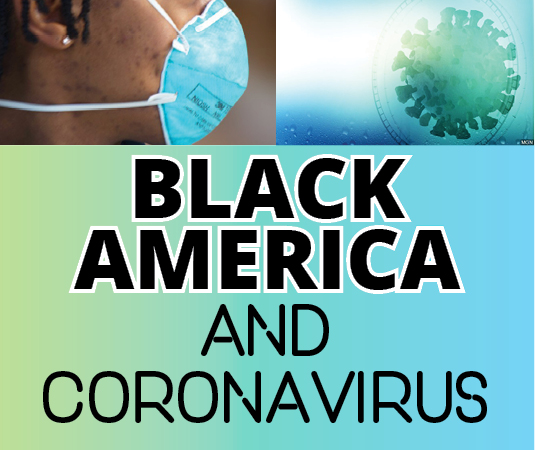Dr. Michael LeNoir and Professor Elaine M. Hernandez said they have watched the explosion of new Covid-19 cases in states which were at various stages of reopening. The pair said they’re not surprised but are saddened and increasingly concerned.
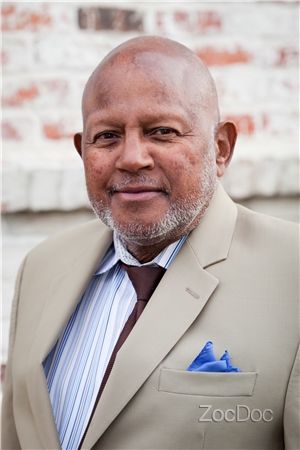
Dr. Michael LeNoir 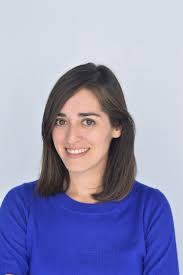
Prof. Elaine M. Hernandez 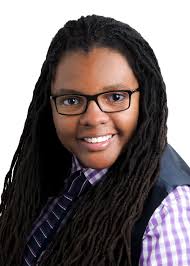
Prof. Alyasah Sewell
Their greatest trepidation, they told The Final Call, is the high toll that the novel virus is having on Black and Latino communities, seniors and other vulnerable populations all around the country. What is most galling, they add, is that much of the devastation being visited on these constituencies was avoidable.
“I’m not at all surprised. I think it’s basic science,” said Prof. Hernandez, a medical sociologist and health demographer at Indiana University who specializes in the social determinants of health and who also studies the enduring nature of health inequalities. “We should use other countries as examples. They have been pretty successful using social distancing and wearing masks.”
The United States is the global epicenter of the coronavirus pandemic with some 3.8 million confirmed cases and more than 140,563 reported deaths as new cases have been on the rise in at least 39 states as of July 20. Twenty of those states have had daily new deaths since June 1, according to the New York Times. Some of the biggest surges have been in Florida, Arizona and Texas. In one Texas county, 85 babies under the age of one year tested positive for the virus.
What is most concerning to epidemiologists, infectious disease specialists and other medical experts, is that the U.S. hasn’t experienced the expected second wave yet but is seeing a resurgence of the first coronavirus wave which began earlier this year or in December of 2019.
Emory University Professor Alyasah A. Sewell said states and communities were unprepared to fight Covid-19 and still are woefully ill-equipped to put up a credible fight.
“We’re looking at new numbers, more than 100,000 dead, and more than two million testing positives with 60-75 percent dead Black and Brown people,” she said soberly. “I completely expected to see this when people opened the economy. I saw data in late May in a lot of states, but people weren’t paying attention.”
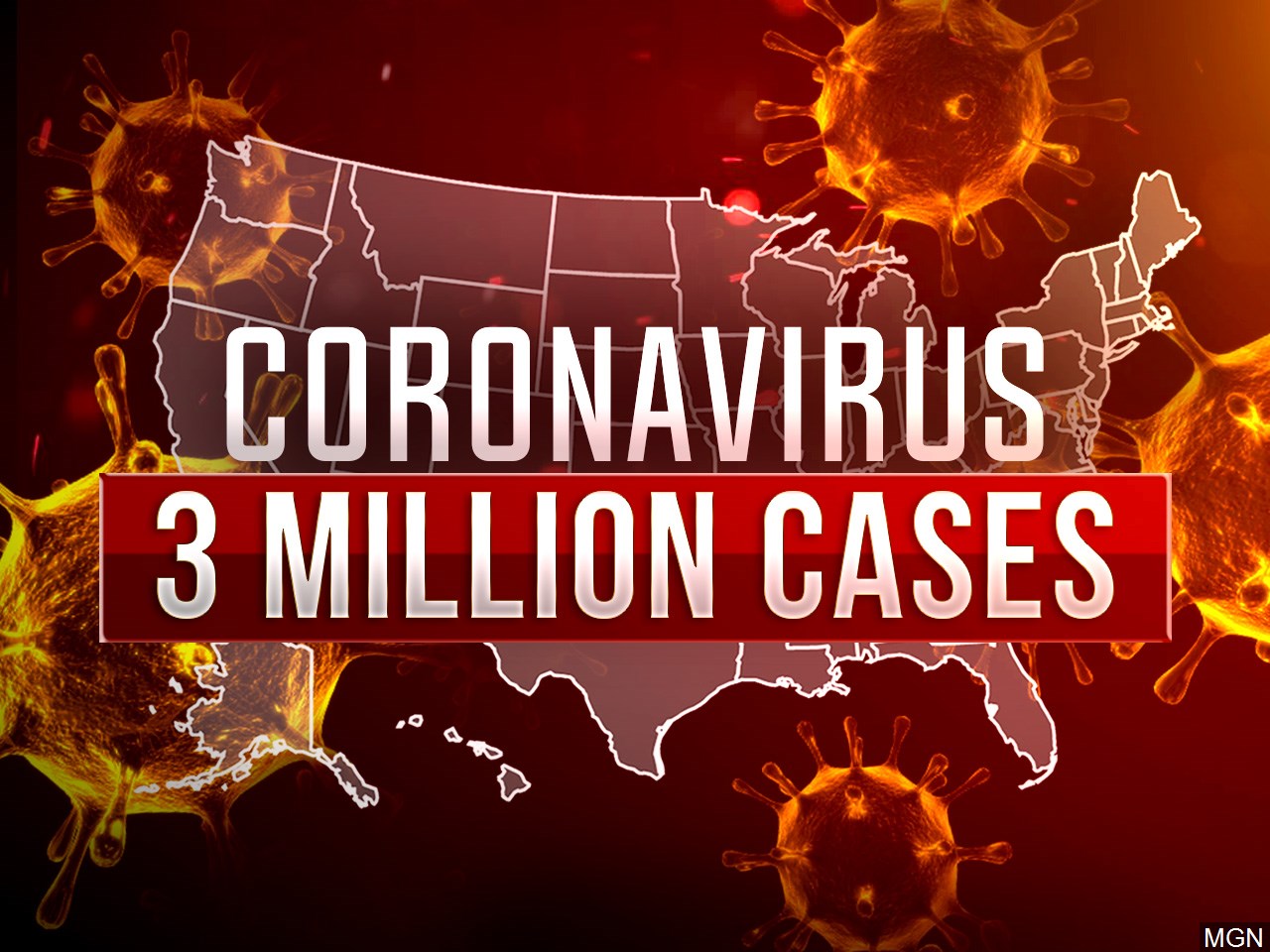
Testing for detection of virus that causes Covid-19.
Images: MGN Online.
One unlikely state where the virus is disproportionately affecting Black people is Maine. According to the Washington Post, Black people, many of them immigrants, make up less than two percent of Maine’s population but almost 25 percent of its coronavirus cases.
Black people are disproportionate victims of Covid-19 across the country. The APM Research Lab, reporting in early July, found even larger mortality disparities between Black, Indigenous, and other populations of color relative to Whites—with the greatest rise in mortality among Indigenous and Latino Americans (who are the youngest populations of all race groups).
According to their Covid-19 reporting, “the heaviest losses” were among Indigenous and Black Americans: 1 in 1,450 Black Americans has died (or 69.7 deaths per 100,000). 1 in 1,950 Indigenous Americans has died (or 51.3 deaths per 100,000). 1 in 2,450 Pacific Islander Americans has died (or 40.5 deaths per 100,000) 1 in 3,000 Latino Americans has died (or 33.8 deaths per 100,000). 1 in 3,350 White Americans has died (or 30.2 deaths per 100,000). 1 in 3,400 Asian Americans has died (or 29.3 deaths per 100,000).
“Black Americans continue to experience the highest overall actual Covid-19 mortality rates—about 2.3 times as high as the rate for Whites and Asians, who have the lowest actual rates. If they had died of Covid-19 at the same actual rate as Whites, about 16,000 Blacks, 2,200 Latinos and 400 Indigenous Americans would still be alive,” the APM Research Lab reported.
The mortality rate for Blacks suffering from Covid-19 is 3.8 times as high as for Whites, according to the group’s research.
Atlanta Mayor Keisha Bottoms announced via Twitter that she tested positive, and she has been trying to establish a mask requirement, but Georgia Governor Brian Kemp has recently banned cities from requiring people to wear face masks. A legal battle has ensued as the governor has fought to stop mandatory mask wearing in Atlanta and to stop the mayor from talking about Covid-19 and policies.
Florida Governor Ron DeSantis also refused to implement a statewide mask mandate, despite Florida’s record increases in confirmed cases. The increases come on the heels of the Honorable Minister Louis Farrakhan saying during his July 4 message, “The Criterion,” that he prayed to God that the state would see a rise in cases.
If the authorities ever hope to get a handle on the pandemic, there must be an institutionalized system of data collection, accumulating data aggregated by race, and public health workers focusing on contact tracing, said experts.
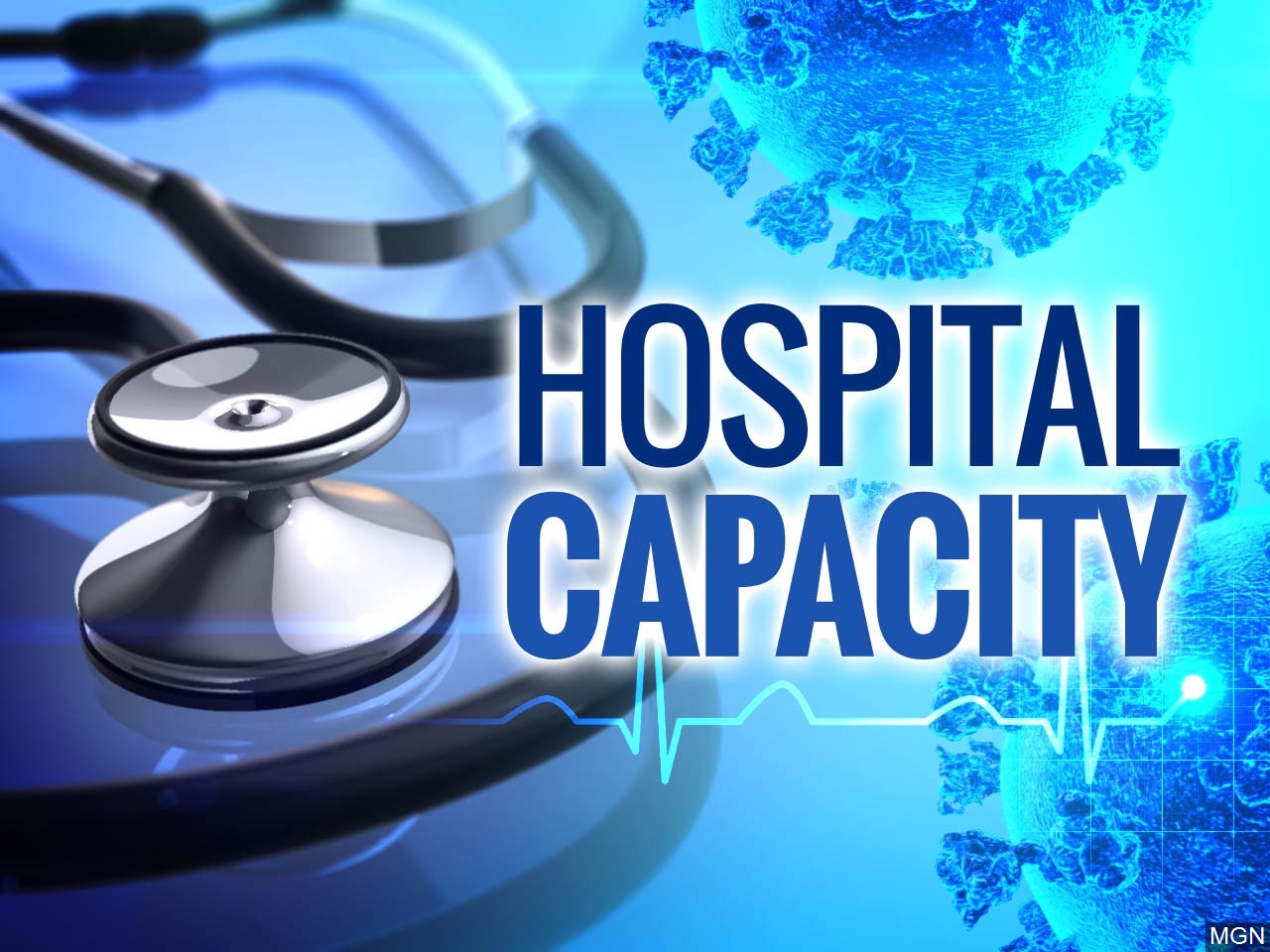
Covid-19 test tube exhibiting positive test result.
Images: MGN Online.
“We’re very reactive. We don’t know how bad the problem is. We’re still trying to get numbers,” said Prof. Sewell, associate professor of sociology for the past six years and founder and director of The Race and Policing Project. “I feel like we’re not prepared. Hospitals and departments of health don’t have the capacity. We have examples from around the world and technological advances, but the U.S. hasn’t been able to conquer this.”
“We’ve never dealt with something of this scale, never seen this pandemic. The capacity has to come from the federal level. We need the feds (federal government) help but we don’t have it. The executive and legislative branches are more concerned with the economic fallout versus the public health issue.”
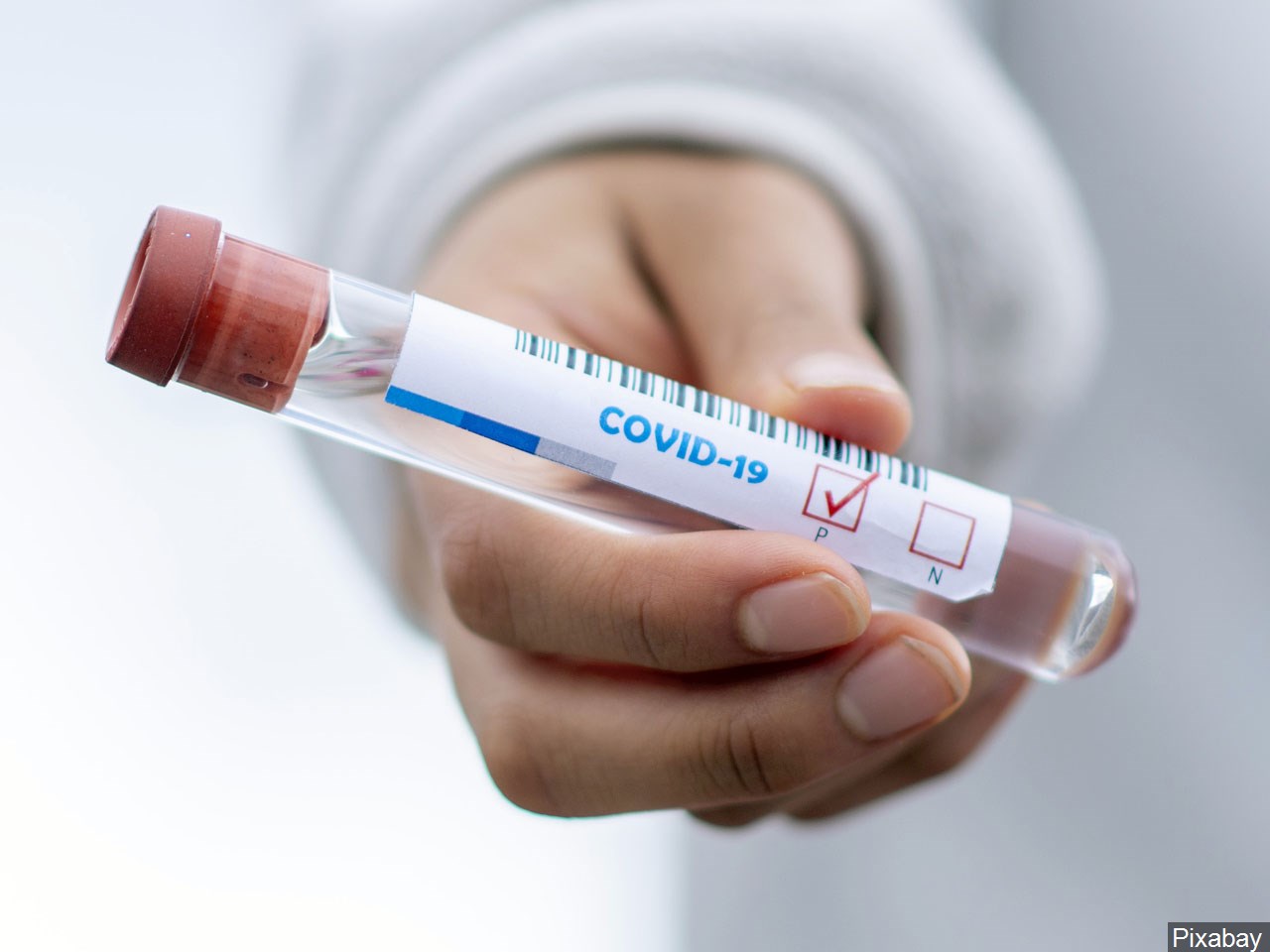
The ‘Slave Health Deficit’
The tangle of socioeconomic factors that has fueled nationwide protests all have a direct bearing on Black people, be they income inequality, education, life expectancy, health disparities or unemployment. All have been affecting the health prospects of Black and Brown people for generations. The conditions that many African Americans live under is well documented but worth repeating. Dr. Orville T. Brooks, president of the National Medical Association explained the factors in a press release released in early spring.
“It is known that the social determinants of health (SDoH) play as important a role in a person’s health as genetics or medical treatment. There are broadly six SDoH categories: economic stability, physical environment, education, food community and social content and health care systems,” he said. “African Americans are adversely affected in this arena.”
Black parents are especially concerned about their children’s education. President Trump tweeted early July that schools must reopen in the fall, and schools that don’t reopen physically risk having their federal funds cut.
Schools reopening pose a health risk, and some are looking to remote learning. Still, according to Vox, experts are worried about homeless students and the 17 percent of children who don’t have a computer at home. Data from the U.S. Census Bureau Household Pulse Survey suggests that 43.5 percent of Black households and 48.5 percent of Hispanic/Latino households do not have a device always available for educational purposes, compared to 33.3 percent of White households.
Over half of Black children live in single-parent homes, compared with about 20 percent of White children, Michelle Holder, an economics professor at John Jay College of Criminal Justice, told Vox.
Because Black and Latino mothers are less likely to have flexibility in their work schedules and extra income on the side, “the problem really looks very bad for women of color who are mothers,” she said.
Black people may also find it harder to socially isolate at home because of less living space and multiple generations living under one roof.
“In some instances, there may be six people in a two-bedroom apartment. We work in types of employment that will not allow us to work from home; going out to work puts one at a higher risk of acquiring the infection,” Dr. Brooks explained. “Many of these jobs also do not provide health care coverage, so we are underinsured or uninsured during a health crisis. When adding the underlying health risk factors of heart disease, diabetes and asthma, the African American population is at the epicenter of this current health crisis.”
These statistics are just an amplification of the “Slave Health Deficit” which has been an aftermath of years of discrimination, unequal treatment and injustices in health care, criminal justice and employment,” Dr. Brooks concluded.
While there are definitely measures that Black and Latino communities, the elderly and others can take—and many people are—Dr. Hernandez said, individuals should not be held accountable for programs and measures the federal government, institutions and large businesses have a responsibility to provide. “We still have to hold mayors and business leaders responsible.”
Dr. Rachel R. Hardeman commented on the cultural factors and on communities suffering from policies and decisions put in place for centuries. She is a reproductive health equity researcher whose work also examines the potential mental health impacts on Black people who live in a community where an unarmed Black person has been killed by police.
“Constant stress (and other factors are) is what’s harming Black lives, including a susceptibility to Covid-19,” said Dr. Hardeman, an assistant professor in the Division of Health Policy and Management at the University of Minnesota’s School of Public Health and an affiliate faculty member at the UCLA Center for the Study of Racism, Social Justice & Health. “Those disadvantages are replicated by where people live, whether they live in safe neighborhoods, live and work in environments with clean air, and where they work. These disparities can be traced back to our history. We see it play out in different ways—slavery, mass incarceration and repeated in new, insidious ways.”
Black and non-White medical professionals say Covid-19 is exposing the depth to which discrimination drives health disparities among Black people and is forcing the country to come to terms with that racial legacy.
Dr. LeNoir said Black people are the silent workers, those on the frontlines who have borne the brunt of the pandemic.
“Americans seem very surprised that these communities are so much at risk but we know that anything major always attacks the African-American community,” said Dr. LeNoir, an allergy and immunology specialist in Oakland, California, who has been a physician for more than 53 years. “Unfortunately, African Americans are the ones who work at the grocery store and out in public.
“Essential workers should be paid—bus drivers, those Black people cleaning, working in these nursing homes, in people’s homes taking care of their children,” said Dr. LeNoir, who served as the 114th president of the National Medical Association. “Then you have Latinos who often have big families. There’s nothing genetic about it. We do tend to be sicker and this country has never dealt with that. The bigger issue is that these people have had to work in the worse environments.”
Helping the most vulnerable
The interviewees said Black people and others in vulnerable populations should follow recommendations from the Centers for Disease Control and Prevention: wear masks, wash hands frequently and practice social distancing.
But there are other, more long-term actions that must be undertaken to adequately battle Covid-19, say activists, community organizers and health care advocates.
Emily A. Benfer, a visiting associate clinical professor of law at Columbia University Law School and Lindsay F. Wiley, a well-known authority in the field of health justice who teaches at American University, co-authored a report on the Health Affairs Blog detailing how to protect vulnerable communities during a pandemic using Health Justice strategies.
The authors explain that health justice is an emerging framework for using law and policy to eliminate unjust health disparities. It offers what they describe as a powerful toolkit for leaders charged with protecting communities that are confronting the Covid-19 crisis. Its key commitments include providing for the health of low-income and marginalized communities in all policies.
“Health justice demands affordable and equitable access to health care, including testing and treatment for Covid-19 as well as accommodations and supports for more routine, but equally life-threatening, physical, mental, and behavioral health needs,” Ms. Wiley and Ms. Benfer said. “Prioritizing the health and safety of people in custody is also consistent with a health justice approach. Here, our focus is on support for social distancing and sheltering in place to control the spread of Covid-19.”
They said the health justice approach is guided by three overarching principles. “First, legal and policy responses must address the social determinants that threaten to exacerbate the health, financial, and social impacts of a public health emergency on low-income communities, communities of color, and other socially subordinated groups,” they said. “Second, interventions mandating healthy behaviors—such as social distancing—must be accompanied by immediate legal, social, and financial protections and supports to facilitate those behaviors. Third, because emergencies typically exacerbate long-standing and interconnected crises in socioeconomically disadvantaged communities, legal and policy responses must address root problems in addition to immediate needs.”
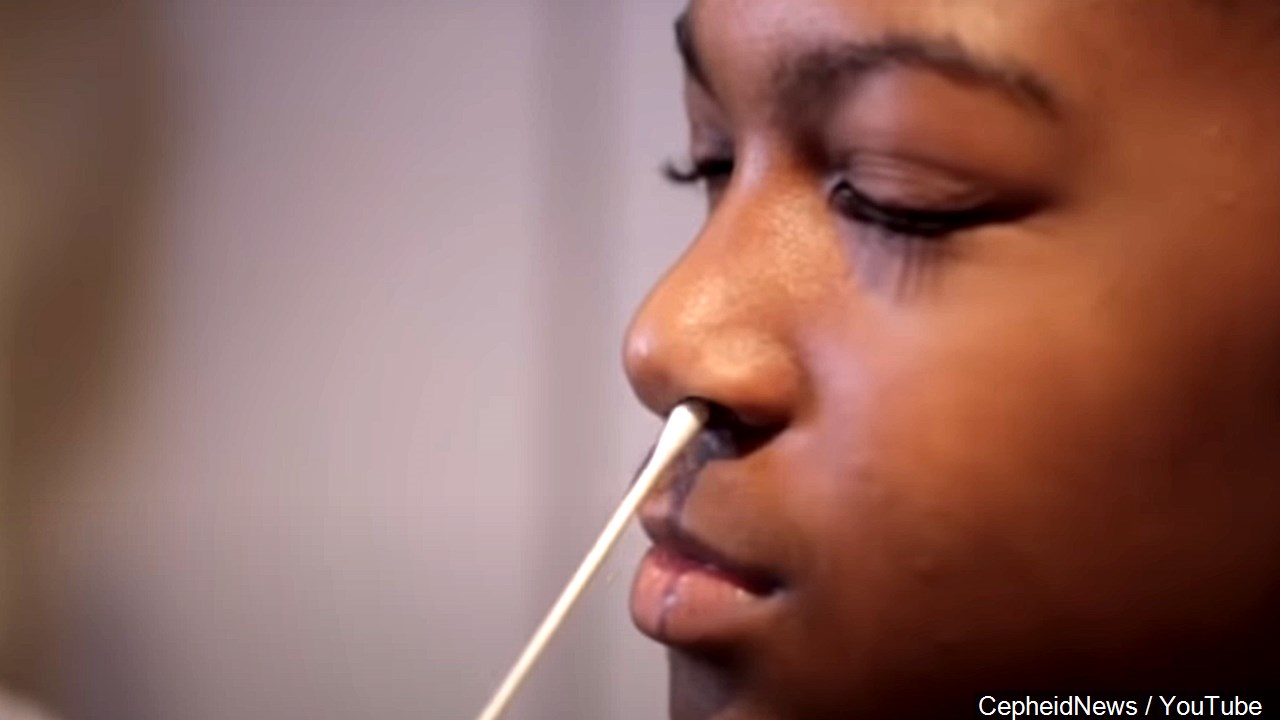
The co-authors said “state and local leaders are taking immediate steps to support low-income and marginalized communities by deploying their emergency powers in novel ways and repurposing routine authorities to rise to new challenges. At a minimum, authorities can immediately expand paid leave and other employment protections for workers, freeze evictions and utility shut offs, provide safe and healthy housing, protect people who are experiencing homelessness, and increase nutritional supports in low-income communities.
They said emergency and disaster declarations across the country have triggered new authorities, access to resources, and regulatory flexibilities that allow the executive branch to act in the absence of legislation. The laws that govern emergency powers vary from state to state. Some are narrowly drafted, while others use broad language that gives officials considerable flexibility to adapt to the circumstances of the Covid-19 pandemic.
Dr. Hernandez and her colleagues, Dr. Courtney Boen, assistant professor of sociology and demography at the University of Pennsylvania and Dr. Richard Carpiano, professor of Public Policy and Sociology at the University of California, Riverside co-authored an opinion piece titled, “Inequities in COVID-19 are tragic but preventable,” where they offer approaches designed to address underlying social and economic conditions that put vulnerable communities at risk. They include establishing worker protections; deploying uniform testing protocols; equalizing access to health care; and providing social and economic stability to Black, Hispanic and low-income Americans.
“Failing to act is counter to extensive research that demonstrates how policies can narrow health inequities,” they said. “Paid sick leave policies have an equalizing effect and reduce disease spread. Economic policies like the Earned Income Tax Credit and minimum wage increases can improve public health and reduce risk of death from multiple causes. Uniform health screening and treatment protocols improve patient outcomes and minimize health inequalities. Even initiatives like mandatory seat belt laws and smoking bans can reduce inequities in health risks.”
“The question is whether we have the will to use this knowledge and act.”












